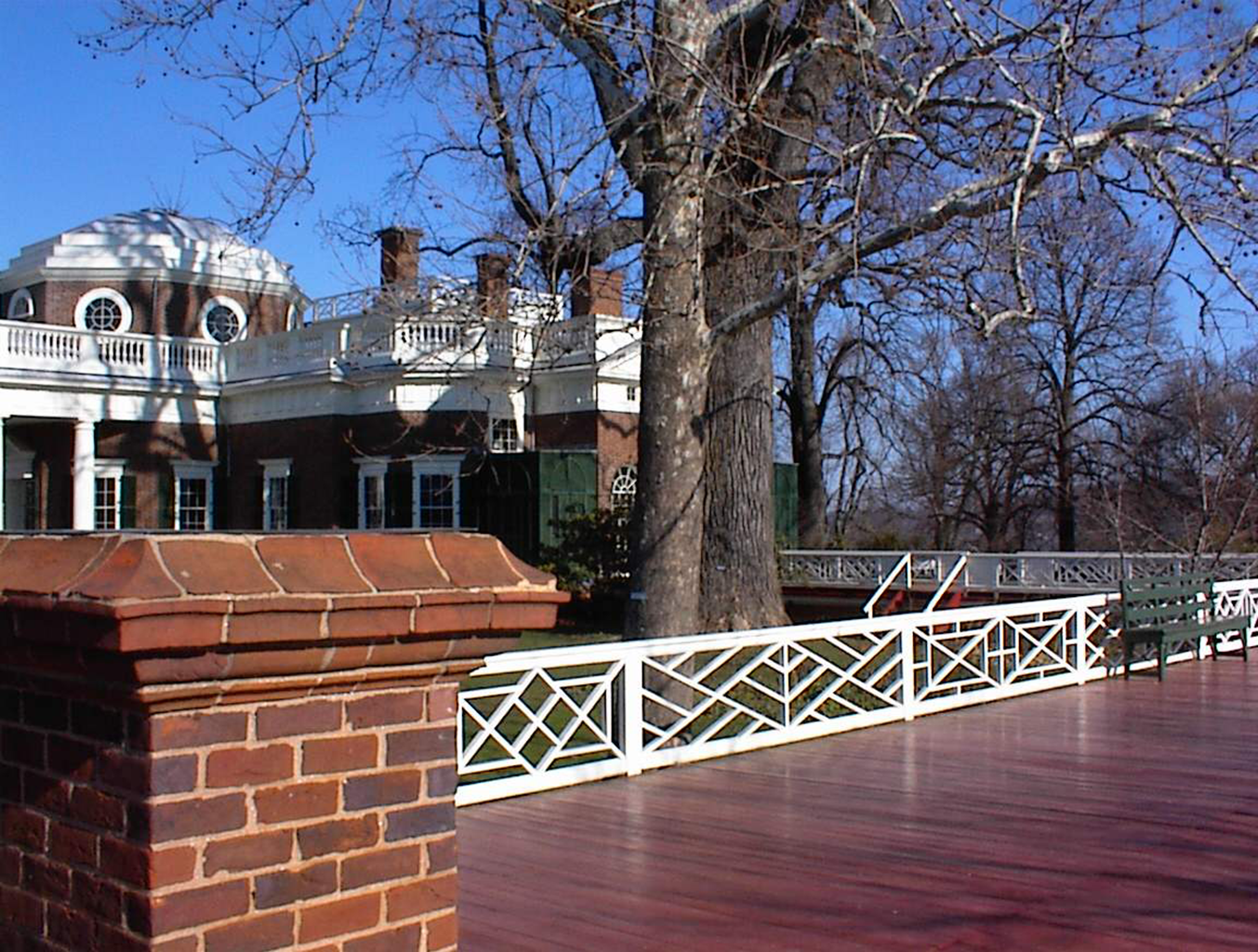Outtake – The Discovery
I waffled on using this and ultimately decided not to include it in the book. But it does contain a few lines that I really liked, so I am presenting it here.
July 4th, 2:00 a.m.
The scientist had been working all day on his grim task. He’d come on duty early in the morning and taken a break only for meals, determined to get through this one project before he took off for the long weekend. The day before, late in the day, he had started working on a particularly stubborn piece of bone that did not want to yield up its precious secret, and it had piqued his determination.
He’d worked all morning to coax the SNP strands of DNA from the bone fragment brought in from the Fresh Kills site. Just before lunch, he had succeeded in getting usable DNA, and the computer had started chewing on the profile, trying to find identifiable strands. SNP only required a match on 48 of 100 strands of DNA, but this DNA was badly degraded. By now, he was used to seeing such advanced deterioration in the victims above the impact zone, who had suffered incineration before the final collapse and whose remains had then lain in the elements for months before recovery. Gender, age, race, none of that was instantly knowable from the DNA, only the secret strands that had given this human being an individual genetic print, separate and distinct from any other in the world.
It had become a holy mission to him, he supposed, he felt much like the early missionaries sent forth to spread the gospel. Except that his gospel message, if he was successful on this one stubborn sample, would be of interest to only one family and would only confirm the loss they had known for almost ten months. By 10:00 that evening, he was tired, but he thought he was close to a match, and he wanted to get this one done. He owed it to the poor soul whose fingertip had been recovered.
A fingertip. A piece of bone. No telling what that finger had done in life. Had it been the finger of a firefighter, a passenger, a bond trader? Had it touched a keyboard, gripped an armrest as an airliner hurtled through the air, jabbed at an elevator button? Had it ever struck out in anger or caressed a woman’s back?
He hoped to God that it wasn’t a finger that had steered the airliner into the tower.
Finally, late in the evening, he had enough strands to test.
From the location of this bone, he saw by consulting the chart that had come in with the fragment, it was most likely someone from the north tower. That didn’t help; most of the victims had been in the north tower, most of those on the floors above the impact of the plane. Many of the passengers on the plane remained unidentified, as well, so he had a large pool to run tests against.
He started the DNA sequencer running and leaned back to catch some shut-eye while the computer started running potential matches against the known DNA profiles of the victims, discarding those without at least a match on twenty strands.
Even after the first cut, a pool remained of 100 potential matches. He set the next program to cull out those without less than 36 strands matching and leaned back for another nap.
When the computer matched 54 of 100 strands, above the level needed for a positive identification, he didn’t know; he’d been asleep in his chair. He awoke at 2:00 a.m., stiff and thirsty, and immediately glanced at the computer, blinking its message that it had made a positive match. He shot up out of his chair to double-check the results. Sure enough. They had a match, and another lost soul had his identity restored to his body – or, thought the scientist, at least his ring finger.
Three DNA samples had been submitted for this particular victim: samples obtained from the man’s medical history, a sibling, and a child. Two of the three matched; the third, the child’s, did not.
He pulled the information on the DNA profile and began to write his report to be transmitted to the Medical Examiner. This victim, he saw, was from Texas. He didn’t know how the authorities handled notification for out-of-state victims, but, at least, some measure of closure was about to be brought to the family of Cameron David St. Bride.



